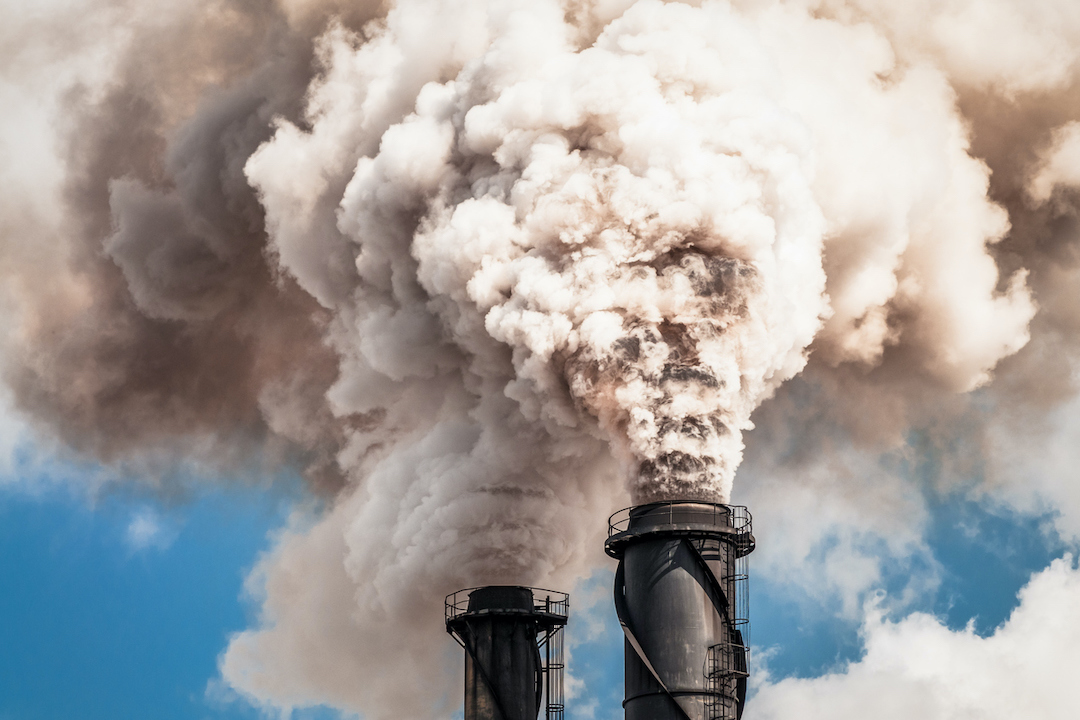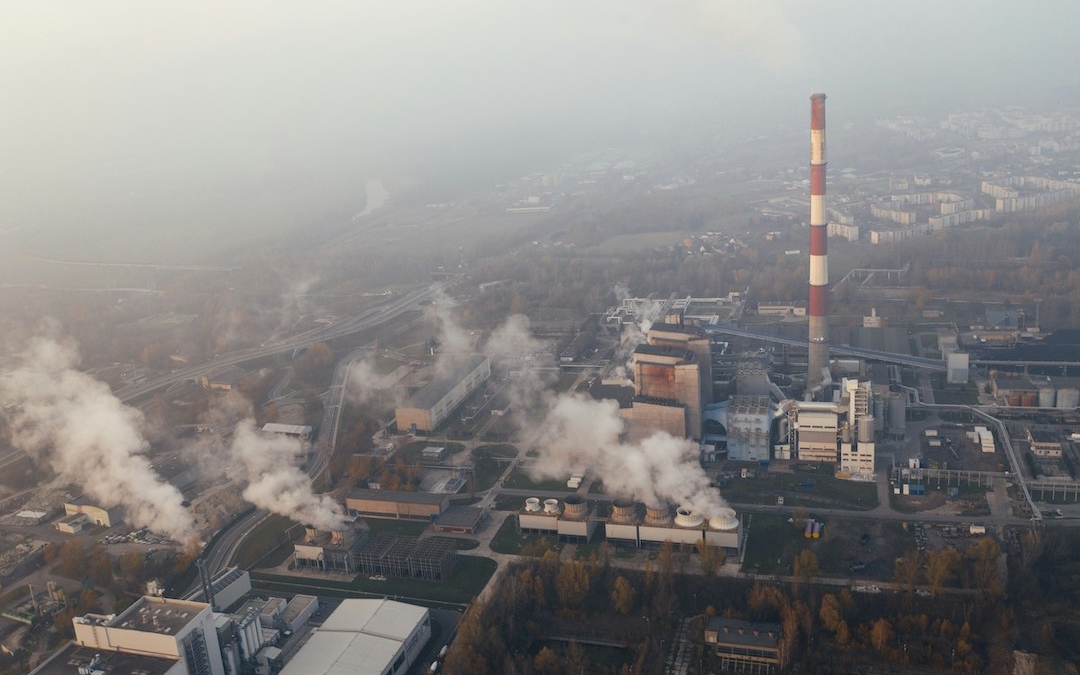Experts have revealed that global temperatures have exceeded 1.5°C warming for a full year.
According to data from the EU’s Copernicus Climate Change Service, there has been a 1.5 degree rise in global temperatures over the last year, bringing us closer to breaching the Paris Agreement set in motion almost 10 years ago.
What is the Paris Agreement?
The Paris Agreement is a plan to keep global warming below two degrees from industrial levels, first signed by 195 nations in 2015.
Pre-industrial levels refers to the period between 1850 and 1900, a time before humans began burning increasing amounts of fossil fuels. As part of the agreement, all nations agreed to keep global warming below 2°C, with further efforts to limit this top level to 1.5°C.
While current temperature spikes are yet to breach this commitment, scientists warn that the world is moving closer to that dangerous level.

According to climate scientist Dr Kim Reid, from the ARC Centre of Excellence for Climate Extremes, while 1.5°C is not a binding target for nations, it is vital that we limit further warming to avoid the most damaging long term impacts of climate change.
“The risks associated with extreme weather events, sea level rise, biodiversity loss, and disruptions to ecosystems and human societies are significantly larger in a 2°C warmer world compared to a 1.5°C warmer world. Humanity’s ability to adapt to climate change will become increasingly challenging above 2°C,” she explains.
Dr Reid says there are many reasons for this heightened challenge.
“In the case of extreme weather events, for example, the warmer the atmosphere, the more water vapour it can hold. This, in turn, increases the potential for heavy rainfall events, tropical cyclones and severe thunderstorms.”
Beyond damaging weather events, the focus on limiting global warming to below 2°C has to do with tipping points. Tipping points are critical thresholds which, once surpassed, can result in critical and irreversible damages to different ecosystems. Experts warn that every degree of warming we experience increases the risk of reaching this tipping point, in places such as the West Antarctic Ice Sheet.
“If the West Antarctic Ice sheet passes a tipping point, its collapse could accelerate the flow of ice into the ocean, leading to global sea level rise. Once initiated, this process could be hard to stop, and it would take thousands of years to restore an ice sheet of that size,” Reid explains.
While it is unlikely that we will reach this tipping point during this century, the West Antarctic Ice Sheet highlights the broader problems hoping to be resolved in the Paris Agreement.

Global sea level rises are only one concern if the West Antarctic Ice Sheet passes its tipping point.
What are the causes of this temperature rise?
There are many factors contributing to the rising global temperatures.
According to the Department of Climate Change, Energy, the Environment and Water, fossil fuels accounted for around 70 percent of electricity generation in 2021. Today, we still rely on non-renewable sources for a majority of our energy, burning large amounts of coal and drawing gas from remote reservoirs. This reflects a global reliance on fossil fuels, which is the major cause of climate change around the world.
Additionally, El Nino played a role in boosting the temperatures of the Earth’s surface.
“Annual temperatures vary from year to year due to factors such as El Niño and La Niña. During typical El Niño years, we tend to get warmer than average global temperatures, while La Niña years tend to be colder than average.”
“We had an El Niño at the end of 2023 which may explain, at least in part, why we saw these record temperatures,” explains Reid.

However, it’s not all bad news, as Reid believes La Nina may help to ease temperatures a little, though not enough to counteract emissions. And while global temperatures reached 1.5°C this year, it does not reflect an overall 1.5°C spike quite yet. To counteract the impact of variants such as volcanic eruptions and El Nino, the 1.5°C value is defined as a 20-year period where we exceed 1.5°C of global warming. Currently, we are likely in the middle of this 20-year stint.
Experts are confident that we can all make changes to slow this warming, and perhaps even counteract it, but we must act now.
“We do need to ramp up our efforts to make sure we do not cross that line. And this can only be done by drastically reducing our emissions. Forget 2050, we need net zero by 2035 if we want to stay below 1.5°C,” says Reid. “That means any further fossil fuel exploration is utterly incongruent with maintaining a safe climate.”

